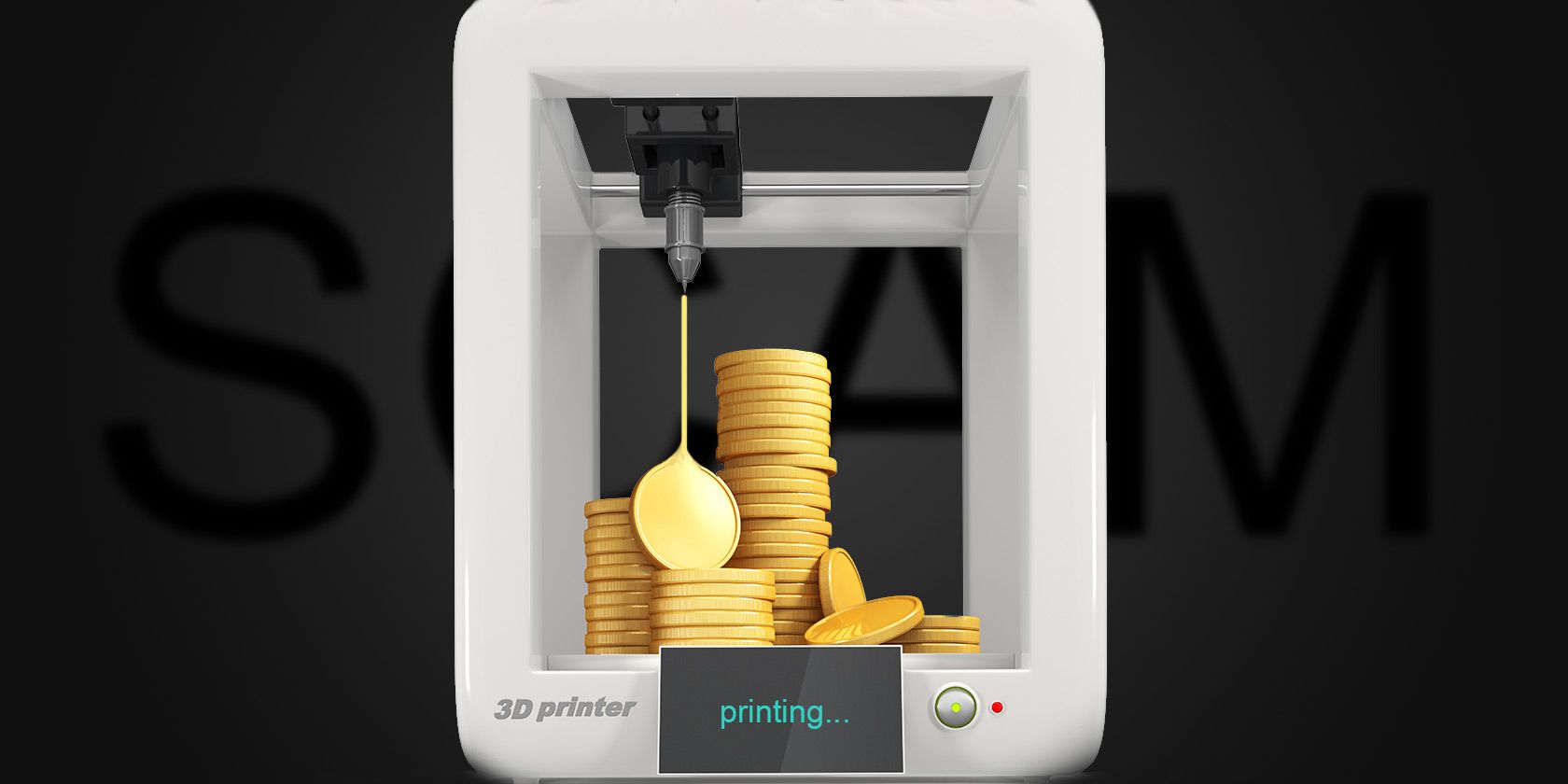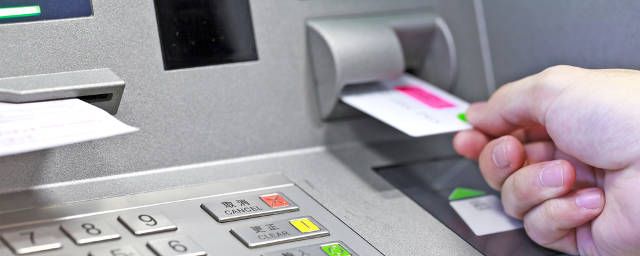It was once a gimmick, but now it's clear that 3D printing is the future. It's true that most 3D printing applications are mundane and unimpressive, but we're soon going to see things like 3D-printed food and 3D-printed human organs.
But as with all new technologies, evil people will twist it and use it for their own personal gains -- and unfortunately, 3D printing is no exception. Every year, it seems like we're exposed to yet another scam or crime related to 3D printing. It's both saddening and infuriating.
The worst part is that these scams can affect you whether you're a 3D printing fan yourself or someone who has never even touched the idea of 3D printing. Here are a few scam archetypes that you should be aware of.
The Kickstarter Scam
2014 was the year for cheap 3D printers. Month by month, new projects kept cropping up on Kickstarter and undercutting the price tags of previous printers. But there was a hiccup in the wave when one certain printer, called Mota, had its campaign cancelled when the creators realized that such a low price point was impossible. This was in August 2014.
Just one month later, another Kickstarter campaign came to light, except this one was more "too good to be true" than any before it. It promised impossible specifications for an impossible price, like a 15" x 15" x 15" build area for $299. Well, during the span of their campaign, this project -- called Cobblebot -- raised more than $373,000 on its target goal of $100,000.
Things got worse when the creator began deleting comments from skeptical people asking hard questions, like how a price point was even economically possible. Furthermore, Cobblebot soon launched another campaign on Indiegogo to raise even more funds -- a strange move considering how much extra money it raised on Kickstarter.
While some Cobblebots have been shipped, the vast majority of backers have yet to receive anything.
More examples of this exist. In May 2015, a fake 3D printer called NEA 3D launched a Kickstarter campaign using stolen art assets and plagiarized text descriptions. Soon afterwards, another fake campaign was detected in the XEOS 3D printer -- which, to be clear, is an actual 3D printer concept but the creator had nothing to do with the Kickstarter campaign.
Both campaigns were suspended.
The sad irony of all this is that Kickstarter is one of the main reasons why 3D printing is as popular as it is today. Some of the cheapest 3D printers available got their start on sites like Kickstarter and they were all quite legitimate. If Kickstarter scams keep happening, it might spell the death of cheap and innovative 3D printers like the M3D Micro.
The False Profits Scam
There's another kind of trickster out there that will leverage the hype of 3D printing to persuade unsuspecting people to hand over their hard-earned money for digital snake oil. This kind of scammer is arguably worse than Kickstarter fraudsters.
Here's how it works.
Back in 2013, when 3D printing was still in its infancy, a guy named Sam Frlan began selling an instructional course called 3D Printer Profits. His claim was simple but alluring: he'd made over $500,000 in one year with 3D printing, and he was going to teach you how to do it too.
All you had to do was purchase his instructional course for just $47. And here's the kicker: he promised that you could make that much money even if you knew nothing about 3D printing and didn't even own one for yourself. That should be an immediate red flag to anyone with a bit of common sense.
To be clear, it's certainly possible to earn money with a 3D printer -- such as by selling your crafts online -- but there will never be a fool-proof way to make $500,000 a year with no knowledge whatsoever. If this were true, we'd all be millionaires.
The ATM Skimmer Scam
And then there are folks who use 3D printers to print out tools that aid in illegal activities. One scary example is the ability to 3D-print automatic rifles, but even more frightening is the fact that some people have already 3D-printed ATM card skimmers.
Back in 2011, an organized crime outfit printed out a bunch of card skimmers that they then mounted onto various ATMs. Whenever a customer used one of these compromised ATMs, it would steal whatever information was on their card and forward it to a laptop that collected all of the data from each of the ATMs.
Over $400,000 was stolen before the U.S. Secret Service apprehended the criminals. Unfortunately, this is a common scam, so here are some important tips for knowing how to spot a compromised ATM.
As 3D printing becomes ever cheaper and more accessible, we're going to see a non-negligible increase in these kinds of crimes. What happens when it becomes trivial to 3D-print keys, guns, money, or even drugs? And if 3D scanners ever pick up traction, object duplication might be a very real problem in the near future.
Don't Blame 3D Printing Tech
Again, let's be clear: 3D printing technology is not to blame here. Scammers and lowlifes have always existed and will always exist. If it isn't 3D printing, then it'll be virtual reality, or smart TVs, or wearable gadgets. They'll exploit anything they can, so don't be afraid of 3D printing itself.
That being said, the Internet has seen a lot of scams over the years, so stay alert and never put blind trust in anything -- especially if it involves hot new trends and buzzworthy topics.
Have you ever fallen victim to a 3D printer scam? Does this shake your faith in the technology as a whole? Share your experiences with us in the comments below!
Image Credit: 3d printer by Iaremenko Sergii via Shutterstock, ATM Card Swipe by coloursinmylife via Shutterstock


